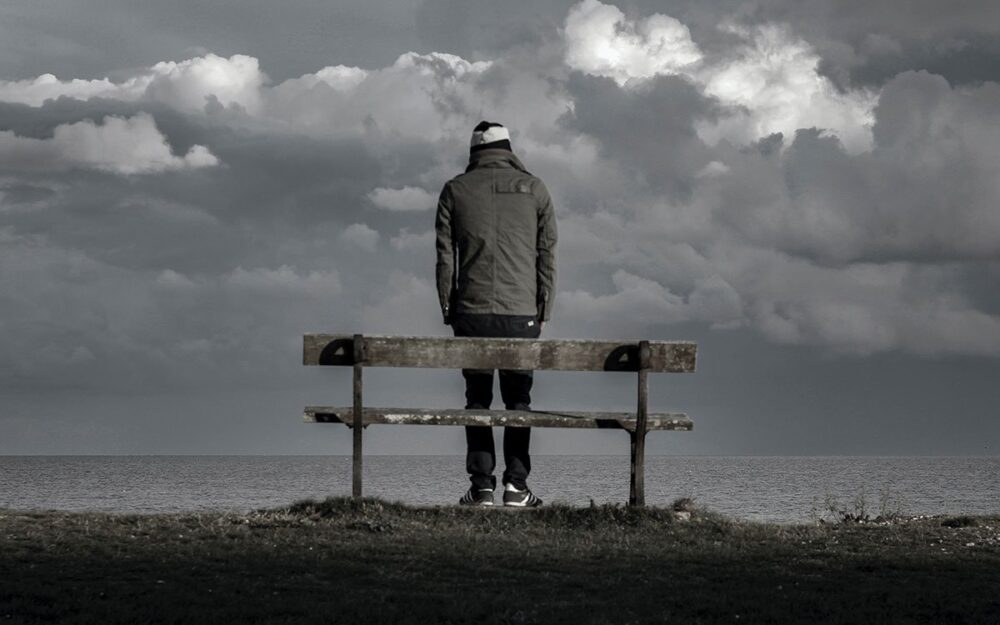November 12, 2012; Source: Stateline
What does a “Homeless Bill of Rights” actually accomplish for homeless people? Rhode Island is a test case, having passed a homeless bill of rights this past summer. Stateline’s Jake Grovum writes about the slow progress of changes for homeless people in Rhode Island. He profiles homeless advocates and shelter providers from Amos House, a soup kitchen in Providence; Crossroads, a homeless shelter near Amos House; and the Rhode Island Homeless Advocacy Project, located in the Mathewson Street United Methodist Church.
Sign up for our free newsletters
Subscribe to NPQ's newsletters to have our top stories delivered directly to your inbox.
By signing up, you agree to our privacy policy and terms of use, and to receive messages from NPQ and our partners.
Grovum writes that the law was meant to “outlaw…prejudice against homeless people…[and thereby] eliminate the stigma that surrounds homelessness.” He says that the law affirms that homeless people have the same rights as anyone else, though it sounds strange to think that without the homeless bill of rights, homeless people would have less than equal rights—except for the fact that governments often treat homeless people that way (for example, discriminating against people who don’t have a permanent address). Advocates cite the potential benefit of the law as providing a means of legally challenging cities that use anti-loitering laws to evict homeless citizens from public parks, libraries, and transportation facilities or evict charitable food trucks from serving food to homeless people near public parks when they allow commercial food vendors to operate in the same space.
All well and good, but as Grovum notes, the homeless bill of rights doesn’t guarantee food or shelter. The implication of the Stateline article is that the count of homeless persons is rising, not falling, in Rhode Island. Neighbors are opposing efforts to improve substandard shelters such as Harrington Hall in Cranston, preferring Harrington’s elimination, and advocates seem, at least in this piece, focused on conditions in shelters and other public venues. Without governmental appropriations for eliminating homelessness—by providing homes for the homeless, not temporary shelters—not only is the solution behind the homeless bill of rights thwarted, but the state, one might think, should be vulnerable to a lawsuit for violating its own law.
A homeless bill of rights isn’t self-actualizing. A bill of rights to protect homeless people should be, in a way, a bill of rights to guarantee Americans decent, safe, affordable housing. Why can’t government take the long-term, less expensive option of providing the homeless with housing, not just temporary shelter beds? That is the basis of the “Housing First” strategy that many cities are finding makes much more sense (in terms of impact on the homeless and on government budgets) than continuing to keep homeless people warehoused in shelters. Isn’t it time to substitute a right to housing for a right to a homeless shelter bed?—Rick Cohen













